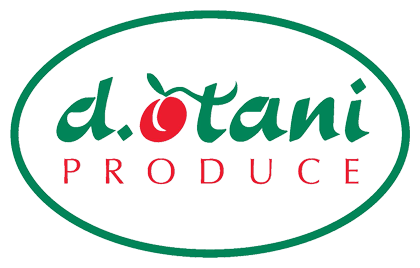Pearson Foods Corp. announced the completion of a $1.5 million project to expand its Grand Rapids, MI-based facility and operations. The acquisition and integration of a 20,000-square-foot adjacent property added more than 600 pallet positions through the use of a drive-in racking system, as well as expanded food production space. A portion of the building will be remodeled to provide additional office space, a new test kitchen for product innovation and additional open meeting space. Pearson Foods will also open a 12,000-square-foot fresh-cut food processing space later this month in addition to the property acquisition and integration.
“The expansion of our facility offers us the ability to better serve our core customers with the service, fulfillment and quality they expect. It also positions us for growth by increasing efficiencies, improving quality control and allowing us to expand our value-added offerings,” said Eric Pearson, president of Pearson Foods. “We continue to see strong customer demand for items produced at the regional and local level due to rising transportation costs, labor shortages and a shrewd focus on shrink management. Sourcing product from the West Coast means placing orders a week in advance that can lose the customer up to five days of shelf life upon arrival. The freshness and shelf life gained from minimal transit time, custom designed products with lower case packs and being able to place orders with us until noon each day for next-day delivery truly sets Pearson Foods apart from most national and source-processors.”
In 2016 and 2017, Pearson Foods invested in top-line production flooring systems from Stonhard and three state-of-the art processing and packaging lines. The current facility also focuses on sustainability, using energy efficient equipment, water conservation efforts supported by the DEQ, LED lighting and use of pneumatic systems where produce is ground into compost and sent to local farms and waste-to-energy conversion plants. By 2020, Pearson Foods will add an additional 20,000 square feet in dock and warehouse space and to automate internal systems to increase efficiency, accuracy and traceability. The company estimates over 30 jobs will be created.

